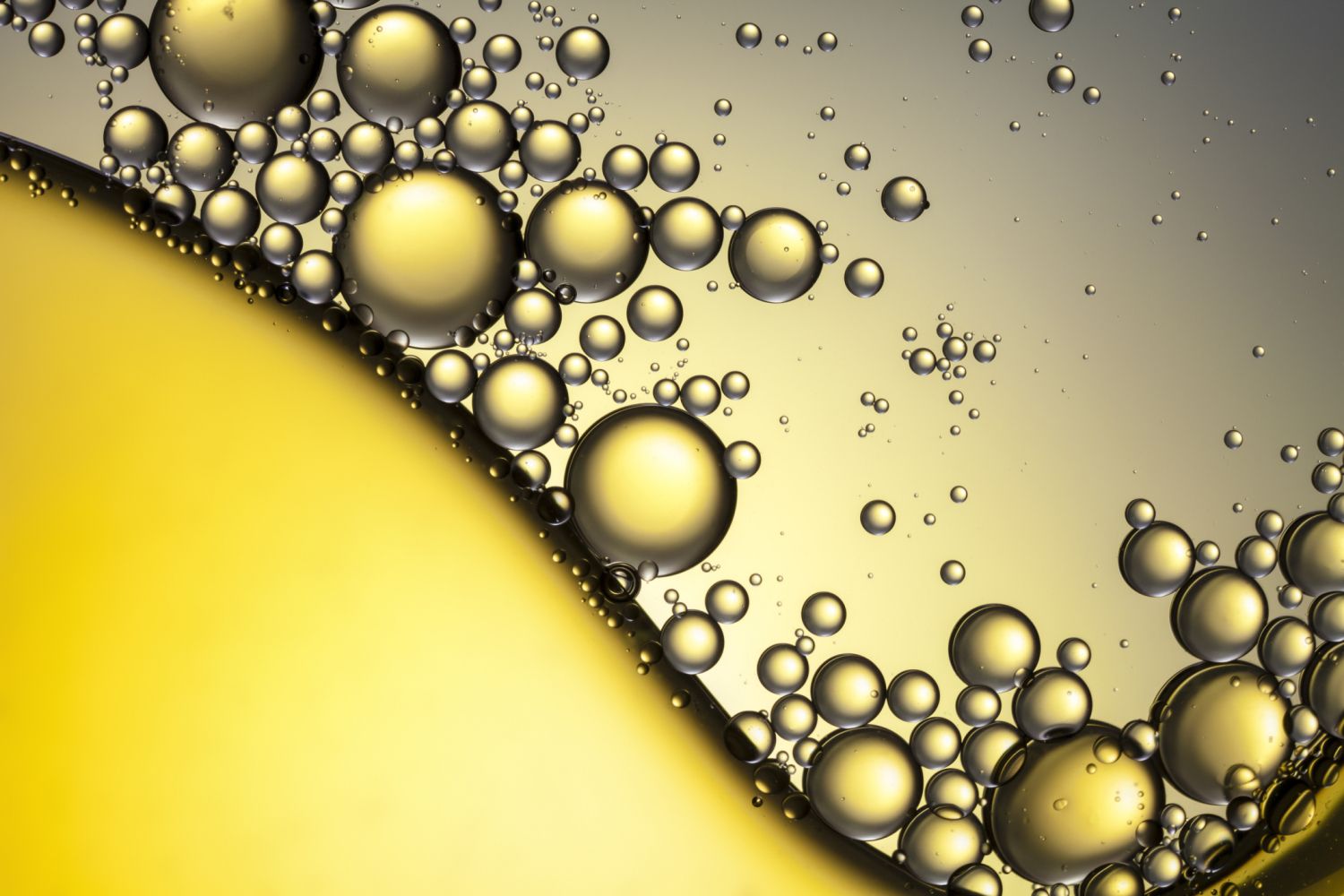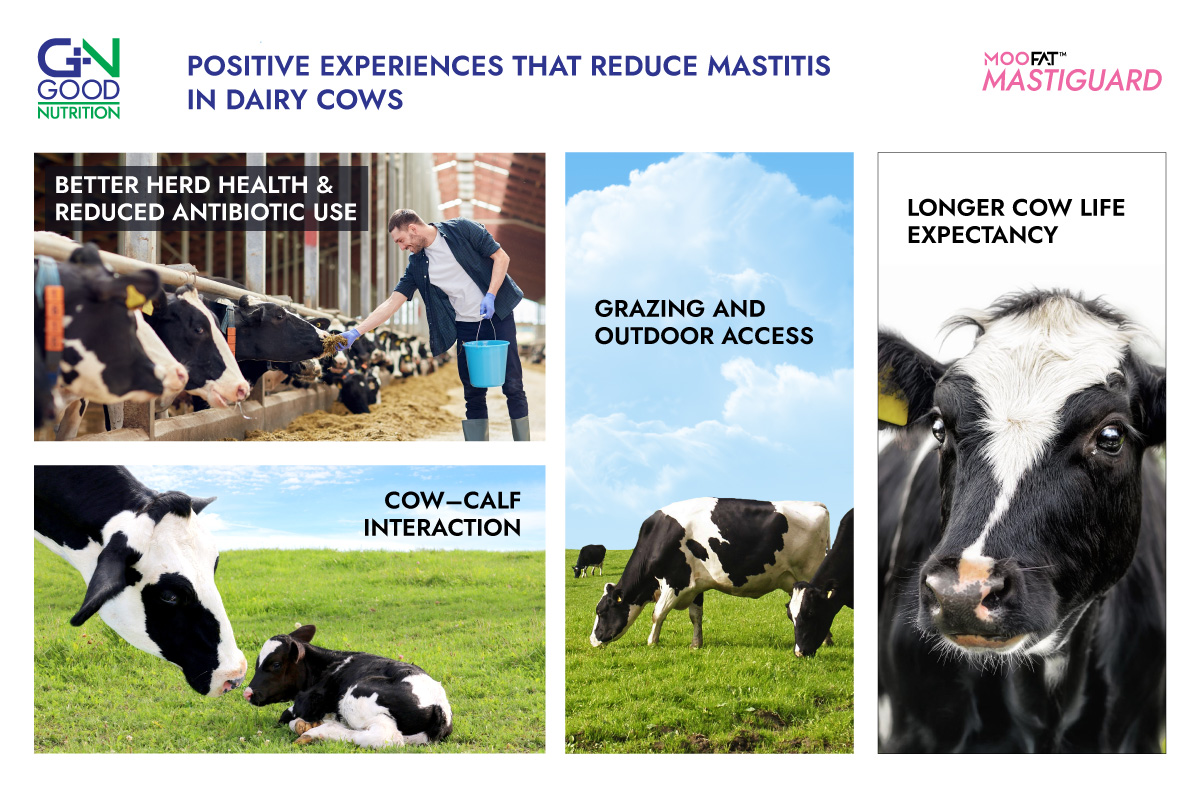We can’t emphasize enough how important lysolecithin is to create better animal feed.
Since feed formulations adds between 3 – 8% oils and on top of that, fats and grains also contains oils and fats, it is an enormous amount of fats to digest using only internal emulsifiers. Without help of external emulsifiers, a big amount of fats will not be digested nor absorbed. It is important include an emulsifier that will maximise the main function – the digestibility and absorption of lipids.
But what emulsifier to include?
In the case of emulsification power, GN Good Nutrition lysolecithin is far superior to lecithin to digest lipids (fats and oils) and superior nutrient absorption.





